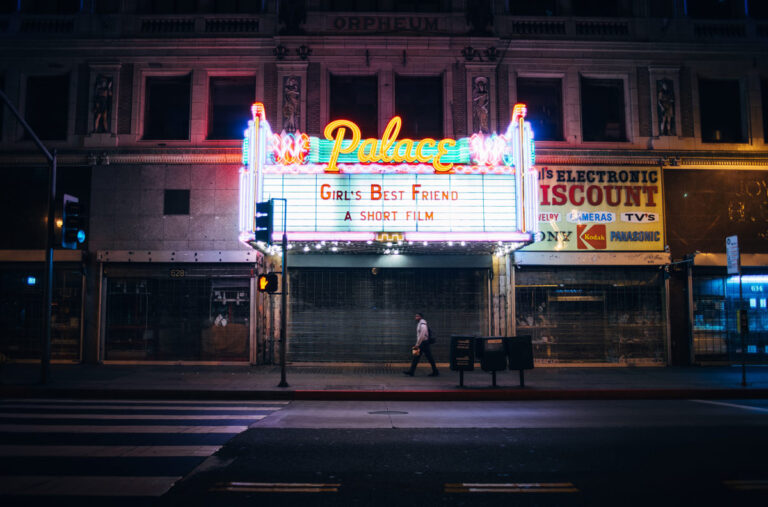How movies impact the youth

There isn’t a student in the world who doesn’t like binge-watching movies or TV series whenever they have some spare time on their schedule. Streaming services like Netflix are more popular than ever with hundreds of new titles coming out every year. Sometimes, watching them is just an enjoyable pastime but at times it could be a transcendental or life-changing experience that we never forget. We all have our favourite genres and actors, but for youngsters, movies are more than just about having fun. They are often the first glimpse into a real-world that forms their judgments, values, and perceptions about how our society works even if they can also be misleading sometimes.
Student obsession with movies
Our fascination with cinema art starts at an early age with watching classics like Quo Vadis or Gone with the Wind, but it was the 80s and the 90s era that really turned us into movie fanatics. Some of the best of youth movie titles were produced at this period, which got a cult following, thus becoming the must-see movies of a decade. We all relish The Terminator, Pulp Fiction, or Stargate, as well as blockbusters like Independence Day, Jurassic Park, or Brave Heart. These titles made our childhood great, creating a habit of watching at least one movie a week, and our obsession just grew from then on. It also inspired some students into pursuing cinematography, acting, or screenwriting as their future career.
Movies are magical experiences and many of them motivated us into learning more about cinema, by reading essays on movies or doing research on our favourite directors, actors, and their careers. Reading about their lives can be as exciting as watching their movies, and there are numerous essay examples at https://gradesfixer.com/free-essay-examples/movies/ for students to enjoy. These essay examples on movies offer in-depth analysis of your favourite titles plus most of them come for free, so use the opportunity to expand your knowledge of cinema art. Those who fell in love with the cinema world have found an unlimited source of joy and a good time. Another reason why students are so obsessed with movies might be the fact that they have time to read essays or watch so many of them while studying.
Most popular college movie examples
We all know that college is a time of growing up, getting to know yourself, or having mind-opening experiences that define who you are. Visiting student youth film festivals may play a big part in that process, and we often depreciate film influence on society or young students in particular. Students relish comedies or coming to age films that celebrate college life like American Pie, Old School, or the 22 Jump Street series. Even dramas like Good Will Hunting can make them relate to the main characters or their issues or concerns. These titles make them feel young, free, with their whole life in front of them, with limitless possibilities awaiting them around every corner.
Impact on the movies industry
Do not think that the Hollywood industry doesn’t keep tabs on what young people like these days, as they carefully adjust their scripts to fit their preferences. The movie script is not just a piece of paper, but a money-making asset that reflects each new generation and its world views. All those topics or summaries that millennials find interesting these days will find their way into Hollywood scripts or Netflix TV shows. Some protest bad influence film can inflict on our youth like celebrating power, narcissistic behaviour, or excessive violence used in some films. Those same arguments are thrown at any kind of interactive entertainment but there is little proof that a bad movie does any more damage than just wasting your precious time.
We can argue about the impact of film on society, especially the bad influence on our youth, but movies do more positive things for our kids than we give them credit for. They offer a glimpse into the world, educate them, and provide endless hours of fun and joy. Perhaps, they also provide a way of dealing with frustrations, especially for teenagers who deal with some heavy emotions. The list of topics that movies deal with is limitless, but most of all they provide comfort for students who love nothing more than binge-watching their favourite shows. Studying at college wouldn’t be the same without the Friday night Game of Thrones marathon with your friends, but don’t forget to ace your exams before enjoying your movie weekends.





